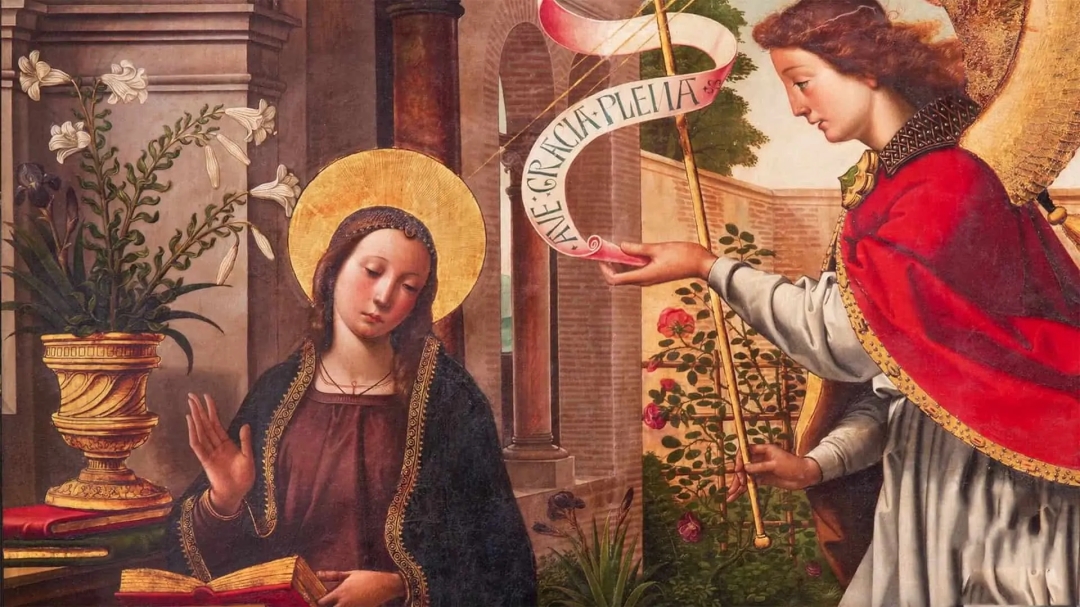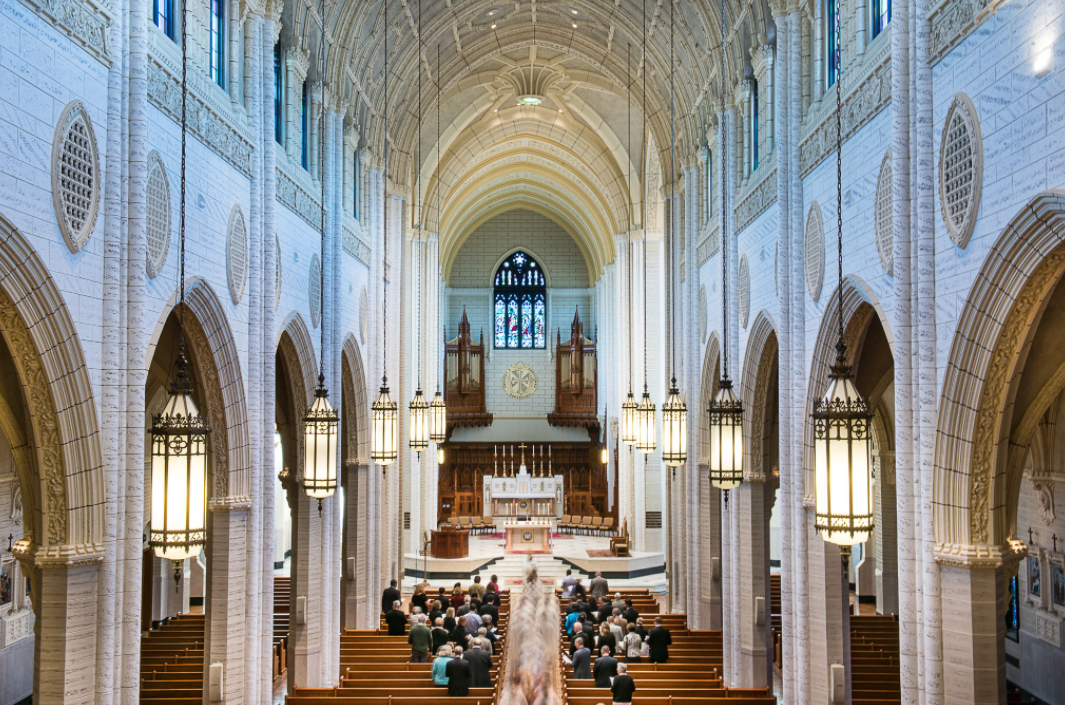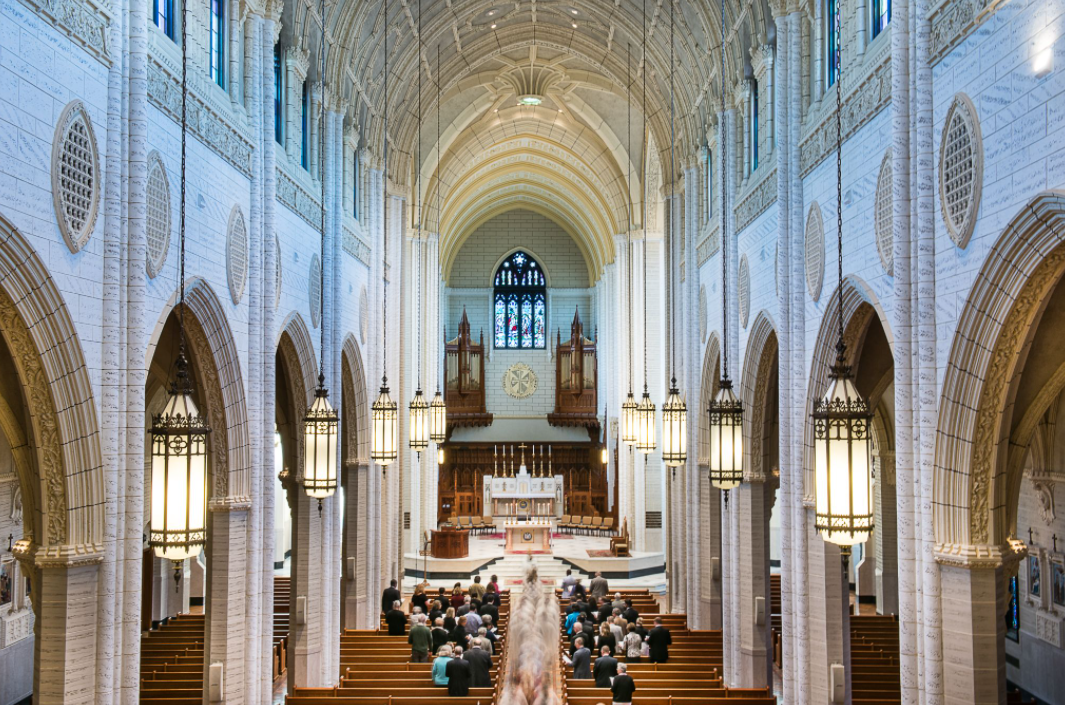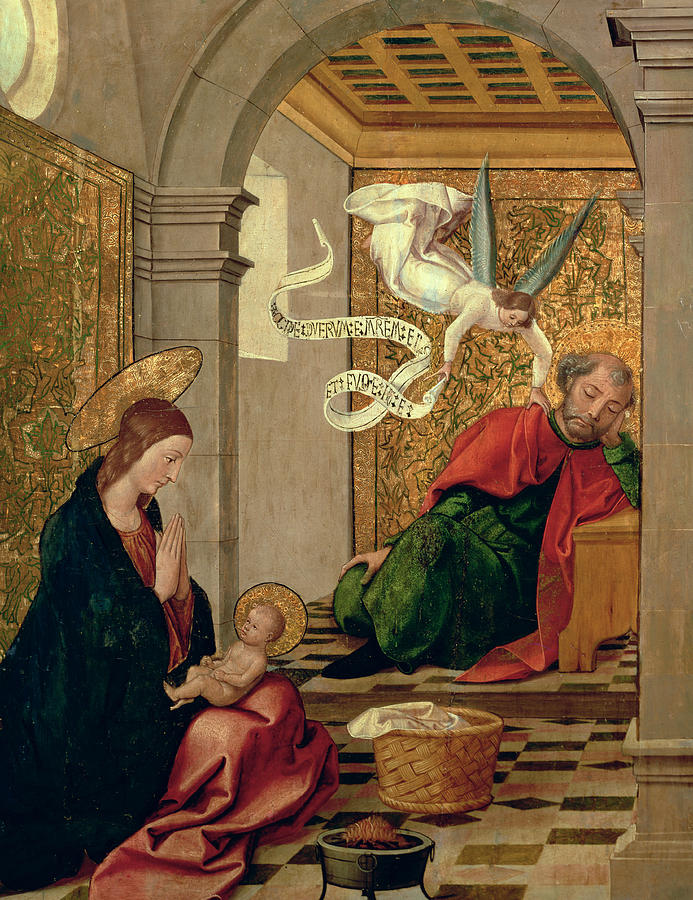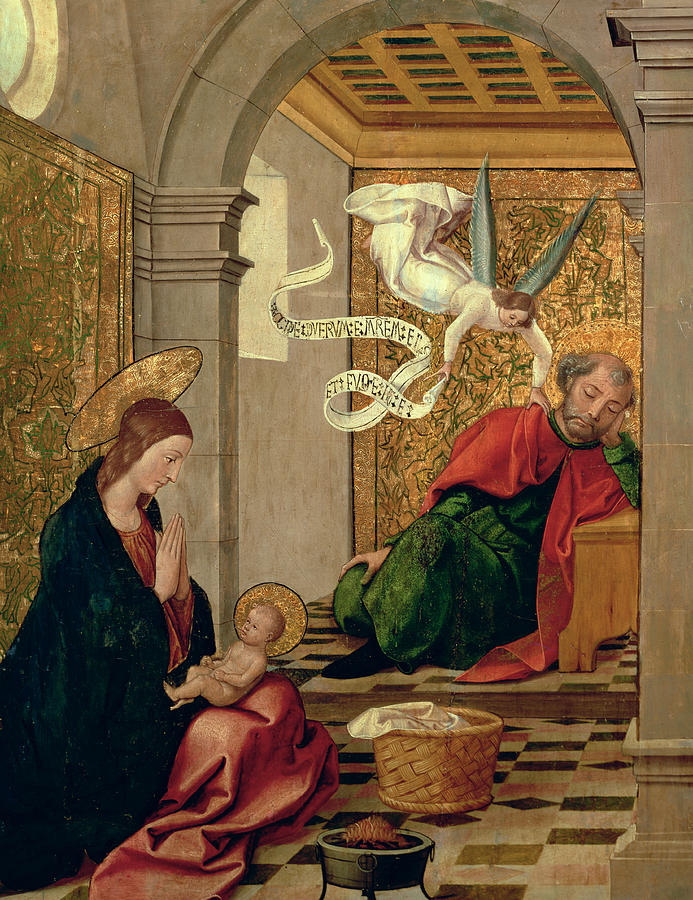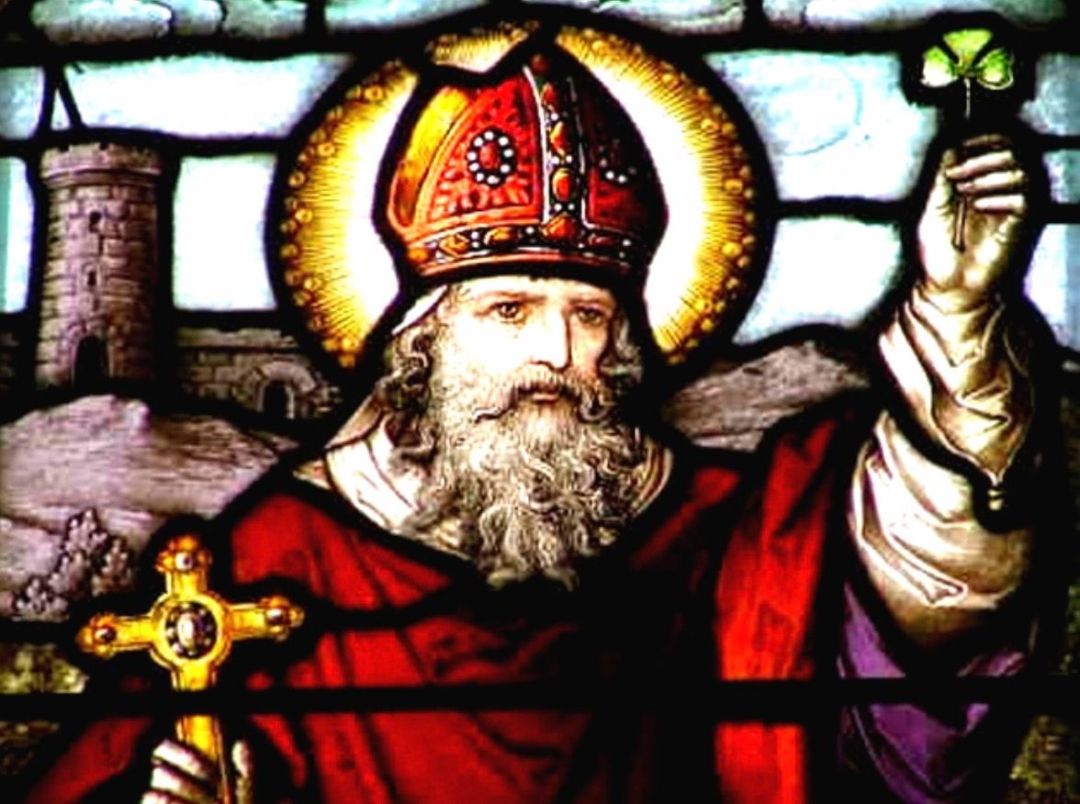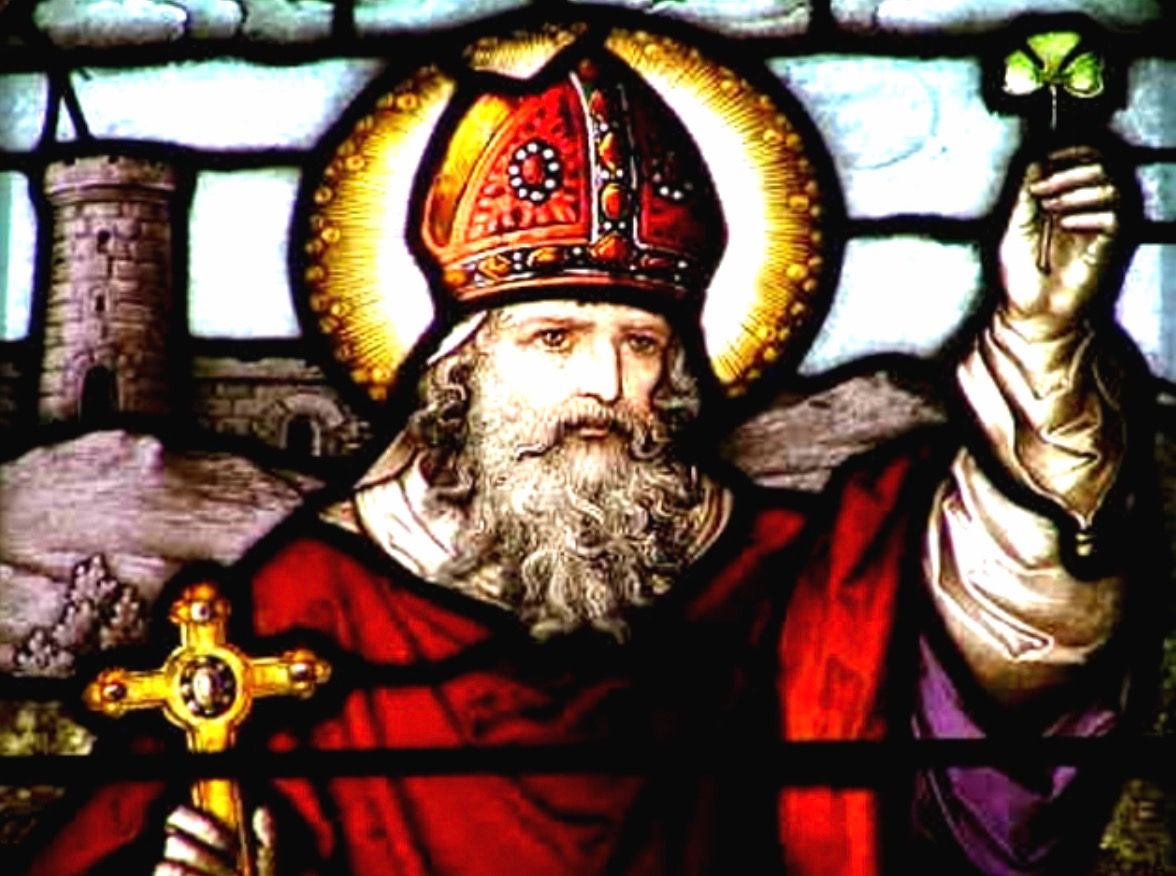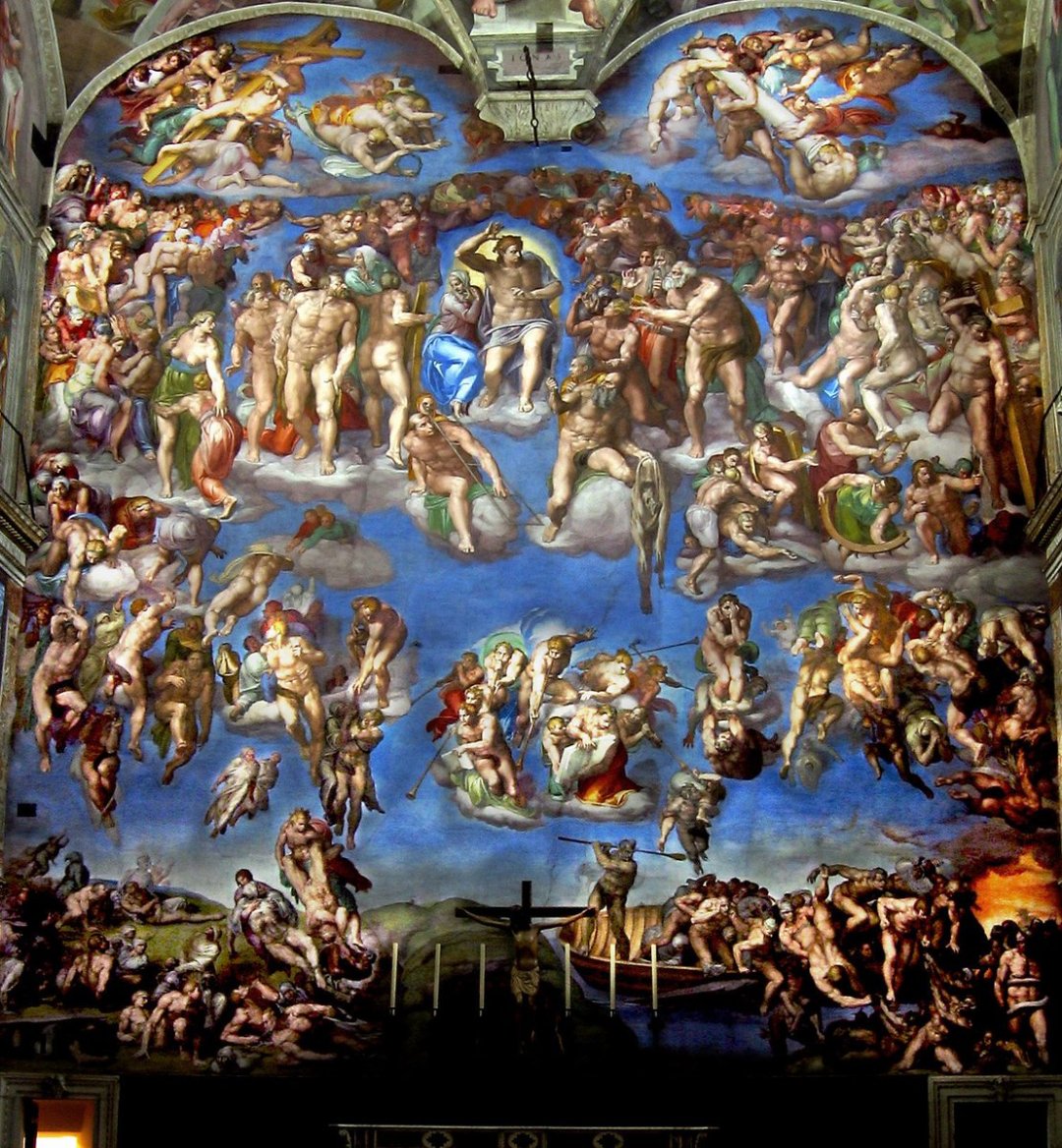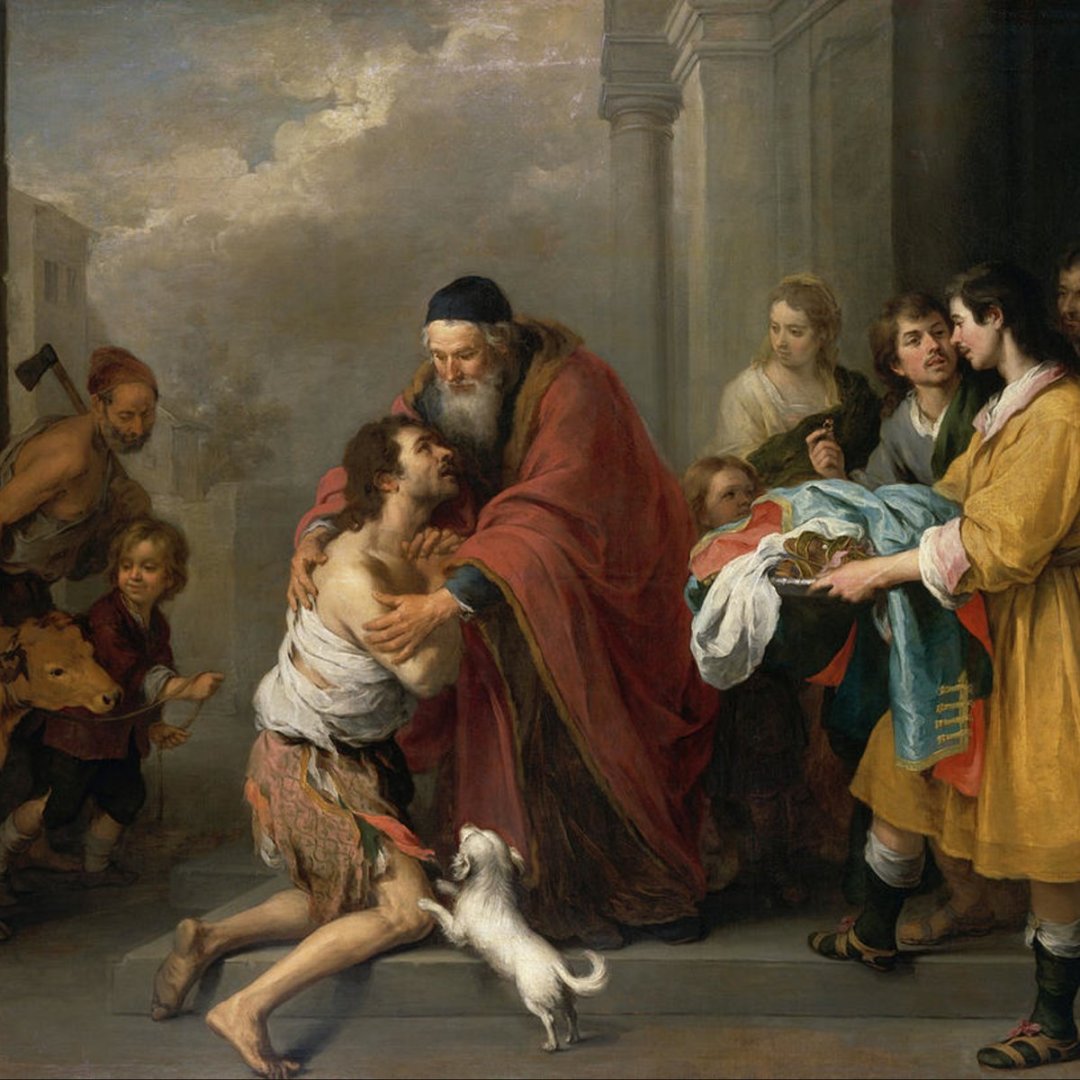
Tough Love and Unconditional Love
Then let us celebrate with a feast,
because this son of mine was dead, and has come to life again;
he was lost, and has been found.’ (Luke 15:23-24)
The Prodigal Son
Who hasn’t heard, or at least heard of, Jesus’ parable of the Prodigal Son? I’ve encountered people with no experience of Christianity whatsoever who are familiar with the story of the profligate son and the forgiving father from Luke chapter 15. Jesus’ characters bring to life some universal human experiences. Many of us have been the foolish, headstrong son. We may also have grown up to be the father anxious for the return of his erring offspring. Let’s not overlook the resentful “good” brother. All of us have probably played more than one of these roles at some point in our own lives.
It’s not surprising that Jesus’ story has become so well known. There’s something for everyone there, and many levels of meaning. As it happens, the Parable of the Prodigal Son was this past Sunday’s Gospel reading. When I heard it along with the other readings for the 4th Sunday in Lent, it got me thinking. Specifically, it brought to mind the concept of tough love.
Tough Love
 The activist Bill Milliken first popularized the term “tough love” in 1968. Milliken had spent a lot of time working with addicts. He had found that often the best approach was not to shield them from the consequences of their bad choices. Once they had made themselves truly miserable, they were ready to get serious about turning their lives around. Milliken famously characterized the attitude of tough love as:
The activist Bill Milliken first popularized the term “tough love” in 1968. Milliken had spent a lot of time working with addicts. He had found that often the best approach was not to shield them from the consequences of their bad choices. Once they had made themselves truly miserable, they were ready to get serious about turning their lives around. Milliken famously characterized the attitude of tough love as:
I don’t care how this makes you feel toward me. You may hate my guts, but I love you, and I am doing this because I love you.
Tough love has enjoyed something of a mixed reception over the years. Many supporters point out, correctly, that individuals intent on following an immoral or self-destructive course generally don’t want to change. Very often they won’t change until the pain their actions cause themselves become unbearable. When we indulge them in order to keep on friendly terms, we’re actually enabling their ruinous behavior.
Unconditional Love
Critics point out in turn, with some justification, that a strong relationship of trust and love is the most essential thing. Without such a relationship, the tough love approach is likely to do more harm than good. We will simply drive the suffering person away.
The 4th Sunday of Lent’s scripture readings suggest that we need a robust mixture of both approaches. We see the love, for instance, in the reading from from St. Paul’s Second Letter to the Corinthians:
And all this is from God,
who has reconciled us to himself through Christ
and given us the ministry of reconciliation,
namely, God was reconciling the world to himself in Christ,
not counting their trespasses against them
and entrusting to us the message of reconciliation. (2 Corinthians 5:18-19)
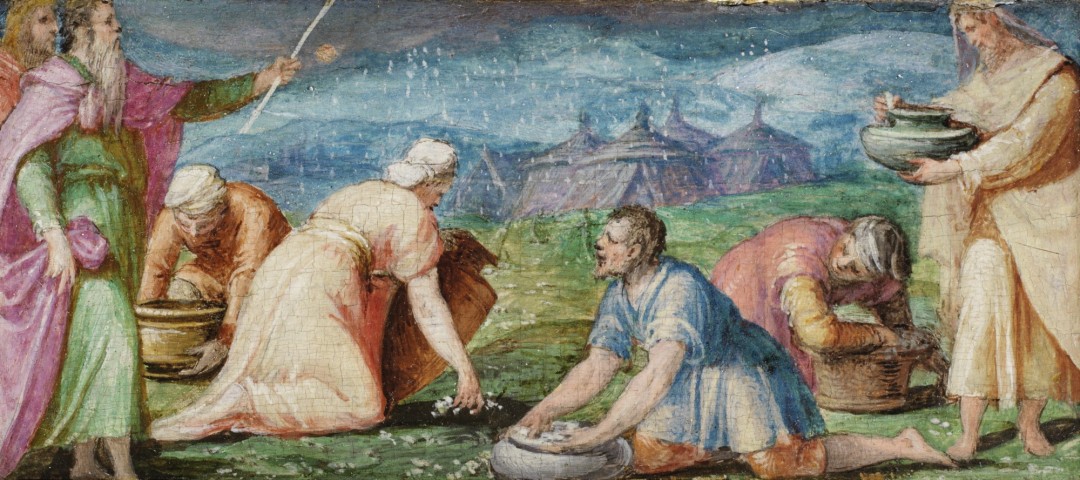
Manna No More
The word reconciliation, however, implies a prior separation. How does that separation happen? Take a look at the first reading from Joshua (Joshua 5:10-12). The Hebrews are ready, after forty years in the wilderness, to enter the Promised Land. During that forty years God has fed his people with divine food, manna from Heaven.
No longer. From now on the Hebrews will need to feed themselves from the “produce of the land.” God has built up a relationship of trust and love with them over four decades. He has fed them in much the same way parents feed their children. Now they need to take up adult responsibility.
We know from the books that follow Joshua in the Old Testament that they did not always exercise that responsibility wisely. As a consequence, all the Hebrews eventually suffer subjugation by foreign powers, and exile from the Promised Land. Most of the tribes never return. It’s a harsh lesson. The members of the tribes of Judah, Benjamin, and Levi who do return, however, have learned the bitter lessons of defeat and exile. They recommit themselves more deeply to the relationship their ancestors enjoyed with their loving Creator. Eventually, the Divine Savior is born in their midst.
Rock Bottom

This same dynamic plays out vividly in the Parable of the Prodigal Son (Luke, 15:1-3; 11-32). A young man takes advantage of his father’s love, and demands to receive his inheritance immediately. He then goes out on his own, and wantonly squanders his inheritance. Bad choice. He eventually needs to take a job feeding another man’s pigs just to keep from starving to death. He finally “hits rock bottom” and decides to change his life. The repentant son knows that he has destroyed his claim to sonship. At the same time, because of the love and respect he has for his father, he trusts that his father will treat him with compassion.
For his part, the father allows his son to face the consequences of his actions. He doesn’t intervene when the young man is “swallowing up his property with prostitutes,” as the resentful elder brother puts it. Nor does he come to rescue him from the pigsty. The father knows that his son won’t truly understand how bad his choices have been until he faces the full consequences of his actions. It’s only then that he will freely commit himself the right path.
The Father is Waiting
Once the son does finally understand, and decides to turn his life around, the father is waiting. Not only is he waiting, he’s actively on the look-out. The eager father “ran to his son, embraced him and kissed him.” He restores the son to his place in the family, and throws a big feast in celebration.
The readings from the 4th Sunday of Lent show us a Father who fully embraces tough love, but who is also fully committed to an unconditionally loving relationship. A full commitment to both may seem impossible for us, “but with God all things are possible” (Matthew 19:26). He gives us complete freedom to choose our own course. We are free to choose against his wishes. We are free even to choose the eternal desolation of Hell.
Joy in Heaven
But He wants us to choose to come to Him, all of us (1 Timothy 2:4). Once we make that choice He will not only welcome us, He’ll come to meet us. He’ll throw a feast in our honor. As Jesus himself says, “there will be more joy in heaven over one sinner who repents than over ninety-nine righteous persons who need no repentance” (Luke 5:7).
In a post earlier this week (“Our Goal is The Resurrection: Ain’t No Grave“) I suggested that we could look at the Season of Lent as representing our time of exile in this fallen world. The 4th Sunday of Lent, Laetare Sunday, is a reminder in the midst of that exile that God has promised us a new life of eternal joy, if we persevere. We might be feeling the tough love right now, but our Father is more than willing to come and welcome us on the road home.



